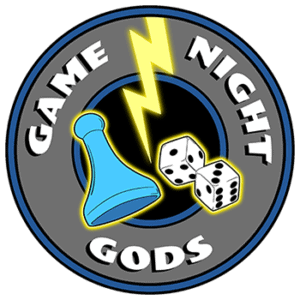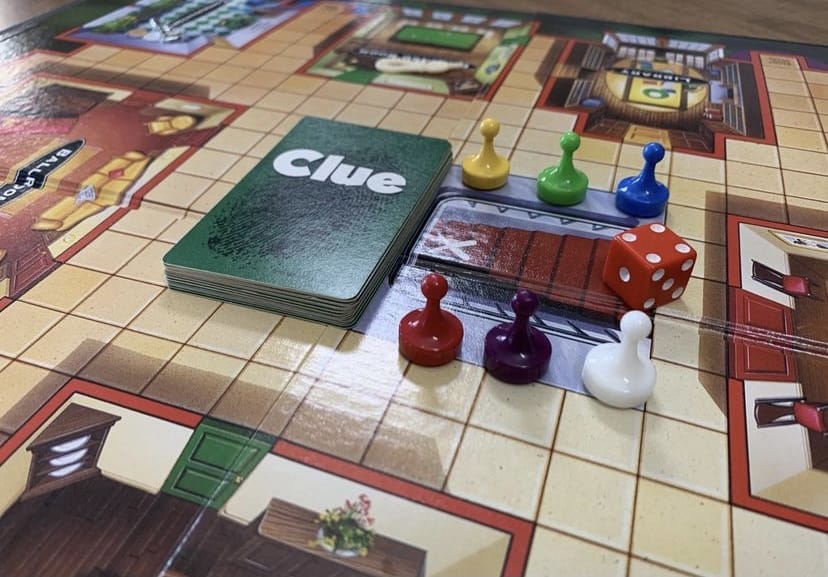Clue, commonly called Cluedo, is a well-known board game that has delighted players for ages. Anthony E. Pratt invented the game in 1949; since then, families and friends have enjoyed playing it together. By gathering information and eliminating suspects, the game’s goal is to identify the killer, the murder weapon, and the crime’s location. We’ll teach you everything you need to know when it comes to how to play clue.
The game board depicts a mansion with multiple enclosures, each representing a different hue. The board also features areas for the placement of the rooms, weapons, and characters. To solve the mystery, the players assume the roles of many characters, each with unique skills.
This guide will give you a step-by-step walkthrough of the game setup, gameplay, and winning methods. We will provide you with the information and abilities required to conquer the game of Clue, regardless of whether you are a novice or an experienced player.
How to Setup Clue
Set up the game board and prepare the pieces before playing Clue. Here is a detailed explanation of how to achieve that:
- Take everything out of the box, including the character pawns, weapon tokens, and room cards.
- Fit the rooms, corridors, and staircases together to form the game board. Before putting the characters, weapons, and chambers on the board, ensure everything is stable and level.
- Take the character pawns and put them on the board’s corresponding starting spots. The character’s name and appropriate color will designate these areas.
- Take the weapon tokens and put them where the directions say in the rooms. The weapons must be distributed randomly across the rooms because this will surprise the game.
- Take the room cards and arrange them face-down in a stack on the board’s assigned area. Players will use them to keep track of the suspects, weapons, and rooms throughout the game.
- Shuffle the suspects, weapons, and room cards individually, then distribute one of each kind to each player. These cards will be kept a secret during the game and used as proof.
You can now begin playing Clue since the game has been set up and is ready to play. If you need any explanation of the setup, you can always refer to the instruction manual provided with the game.
How to Play Clue
It’s time to start playing Clue! The gameplay consists of the following:
- Rolling the dice determines the sequence of play. Play starts with the player who rolled the highest, then moves clockwise around the board.
- During their turn, players can transfer their character pawn to a different room or hallway on the board. The number of spaces is counted after rolling the dice to determine movement. As shown on the board, players can walk through hidden rooms and up and down stairs.
- After relocating, a player may offer a theory by naming a suspect, a weapon, and the room where the murder occurred. For instance, “I suspect it was Miss Scarlet in the library with the rope.” The recommended suspect and weapon are then moved to the player’s specified room.
- If possible, the player to the suggesting player’s left must refute the recommendation by displaying a corresponding card. Play proceeds clockwise until the theory is refuted or all players have passed if the card is not in the player’s hand.
- The player can only accuse after a recommendation has been proven false. A suggestion is similar to an allegation. However, an accusation is made to win the game if it is true. The player must expose their cards as evidence and specify the suspect, weapon, and room they think the murder occurred.
- The player wins the game if the accusation is true. The player is removed from the game if the charge is valid and must show the other players their cards.
- Play moves clockwise around the board until one player has made a true accusation and won the game.
Note: Depending on the version of the game you own, the game’s gameplay may differ. For additional information, always refer to the game’s instructions.
To reduce the number of potential solutions, you’ll need to acquire information as you play the game, make educated assumptions, and rule out suspects. Use the methods and advice offered in this guide to improve your chances of winning the game.
How to Win Clue
Being the first player to identify the killer, the murder weapon, and the murder’s location is the game’s final objective. Here are some tactics and advice to aid in game victory:
Gather proof: Keep a record of the cards that have been shown to you and the cards that other players have revealed. This will assist you in removing potential suspects, weapons, and rooms that can’t contain the murder’s motive.
Apply the method of elimination: You can reduce the alternatives and come up with a more solid accusation by eliminating potential suspects, weapons, and rooms that can’t be the answer.
Make shrewd assumptions: Make a note of the cards you have seen and the ones you haven’t; this will enable you to make more accurate suggestions and charges.
Observe other participants: Take note of the suggestions and charges other players make and the cards they have in their hands. This can assist you in ruling out suspects or weapons while providing hints about what cards they might be holding.
Limit your disclosures: Don’t divulge too much information about what you know to other players, and keep your cards close to your chest. This will boost your chances of making the correct accusation and make it more challenging for them to get rid of any suspects or weapons.
Utilize character abilities: Each character in the game has a particular skill, such as entering a specific room or offering an additional recommendation. Make the most of your character’s capacity to gather information and facilitate intelligent guesses.
Keep calm: The game of Clue requires patience and deduction. Take your time to gather information and rule out suspects before making an accusation. Your chances of making the correct accusation and winning the game will increase if you are patient.
Using these methods and advice, you’ll improve your chances of winning the game of Clue. Remember that gathering information, making intelligent predictions, and using the process of elimination to eliminate options can help you succeed.
Conclusion
Clue is a traditional board game that has delighted players for countless generations. It’s critical to remember that Clue requires patience and deduction. Spend time gathering information, making reasonable estimates, and using the elimination method to reduce the options. You’ll improve your chances of making the proper allegation and winning the game using the techniques and advice in this manual.
Consider browsing online for forums or videos devoted to the game of Clue if you’re looking for more tools to help you play better, or try playing with various sets of players to pick up new tactics.
We invite you to play the game and tell your loved ones about your experience. Players of all ages and skill levels can enjoy the game Clue, which will keep them entertained for hours.

